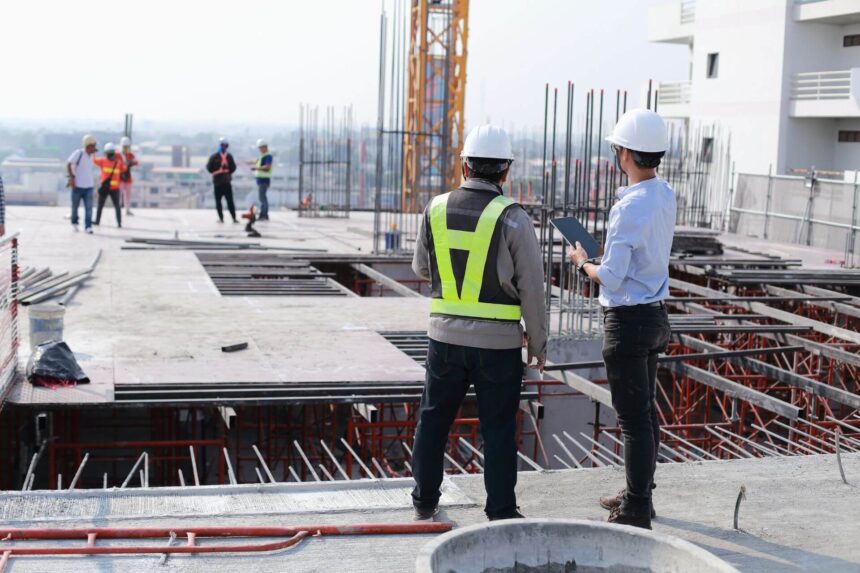Restoration of historical and modern buildings is no simple task. It requires meticulous planning, skilled craftsmanship, and, perhaps most importantly, the expertise of a remedial engineer. The role of remedial engineering within the domain of building restoration is vital as it encompasses a variety of techniques and scientific principles necessary for rehabilitating structures to their former glory or adapting them for new purposes.
Understanding Remedial Engineering
Remedial engineering is a branch of civil engineering that specializes in diagnosing and fixing structural issues, improving building safety and performance, and extending a building’s lifespan. This essential field ties together various facets of construction knowledge and applies them to ensure that restoration efforts are safe, effective, and sustainable.
The Diagnostic Phase
One of the first steps in any restoration project is a thorough assessment of the existing structure. A remedial engineer is a professional adept at pinpointing the root causes of building deterioration—which may range from water damage and corrosion to foundational settlements or seismic impacts—and assessing the degree of the damage accurately.
Designing the Remedy
With diagnostic information in hand, remedial engineers set about creating a specific, tailored plan to restore the building. This phase involves detailed analysis which combines traditional and cutting-edge techniques in material science, structural analysis, and architectural design. The goal is to devise solutions that are respectful of a building’s original architecture and functional purposes, while incorporating modern enhancements if necessary.
Implementing Restoration Tech
Application of modern technology in the preservation of structures is another aspect where the expertise of remedial engineers shines. Innovations in construction materials, techniques, and technology can all be applied under the direction of these professionals to ensure a quality restoration that meets present-day standards for safety and efficiency.
Waterproofing Consultant: A Key Role in Building Restoration
One specialized area within remedial engineering is that of a waterproofing consultant. As most structures suffer from water intrusion issues at some point in their lifecycle, waterproofing is a crucial consideration in building restoration. It is the job of the waterproofing consultant to assess the extent of water damage, understand its cause, and design a remedial plan that not only fixes the issue but also prevents its recurrence.
Benefits of Professional Waterproofing
Waterproofing is not just about plugging leaks; it is a sophisticated aspect of building restoration that guarantees the longevity of the structure. Professional waterproofing includes the selection of appropriate sealant materials, the application of correct waterproofing methods, and the foresight to address potential future issues. A remedial engineer specializing in waterproofing contributes to the overall stability and durability of the restored structure.
Tailored Solutions
Every building is unique, and so are its waterproofing needs. Remedial engineers design custom solutions that fit the specific requirements and conditions of each project. By using both time-tested practices and innovative technologies, they provide bespoke solutions that effectively address the uniqueness of each restoration task.
Hydraulic Engineering in Construction
Hydraulic engineering in construction is a subset of civil engineering concerned with the flow and conveyance of fluids, particularly water. In the context of building restoration, hydraulic engineers ensure that all aspects of fluid dynamics are appropriately managed, from plumbing and drainage to the stability of water barriers.
Managing Fluid Flow
The management of water and other fluids is vital for the long-term success of building restorations. Hydraulic engineers ensure that new or refurbished constructions are equipped with well-designed systems for managing water inflow and outflow, vital for both the overall utility and the structural health of the building.
Complex Calculations and Designs
Restoration projects often involve complex calculations regarding fluid dynamics that fall within the realm of hydraulic engineering. These professionals may work on everything from upgrading outdated plumbing systems to designing sophisticated water features that are integrated into the original architecture.
Mitigating Risk
In addition to contributing to the functional design of building systems, hydraulic engineering plays a critical role in mitigating risks associated with water. This includes ensuring adequate drainage systems are in place to prevent flooding, as well as the strategic planning of water runoff to prevent erosion or damage to the building foundation.
Conclusion
In conclusion, the role of a remedial engineer, and by extension, waterproofing consultants and hydraulic engineers, is indispensable in today’s building restoration industry. Skilled in a diverse array of specializations, these professionals bring both the science and art required to revive the past and sustain the future of construction. Building owners and restorers seeking to honour the integrity of their structures while ensuring they meet contemporary standards would do well to involve remedial engineering expertise early in the restoration process.
As the fields of building restoration and engineering continue to evolve, the reliance on qualified remedial engineers to navigate the complex balance between old and new, deterioration and longevity, aesthetics and functionality, will remain as imperative as ever. Ultimately, it is through the coordinated efforts of these skilled individuals that we are able to preserve the built heritage and historical skylines for generations to come.


